The Battle of Qadesh, renowned as one of the most significant military confrontations in ancient history, is often celebrated for the remarkable exploits of Ramesses II, the formidable Pharaoh of Egypt’s 19th Dynasty. Yet, beyond the surface of Egyptian propaganda lies a more intricate narrative that weaves together the histories of Egypt, the Hittites, and an unexpected player—the Trojans. This article delves into the events that led up to the Battle of Qadesh, the involvement of the Trojans, and how archaeological findings have unveiled deeper ties among these ancient civilizations.
The Prelude to Battle: Egypt and the Hittites
The Battle of Qadesh in 1274 BCE transcended a simple encounter between Egypt, commanded by Ramesses II, and the Hittites, led by Muwatalli II. The roots of this conflict can be traced back to the late 16th century BCE, a period when the dominant powers of the ancient Near East—Egypt, Mitanni, and Hatti—competed for supremacy over the economically prosperous and strategically crucial Levant region.
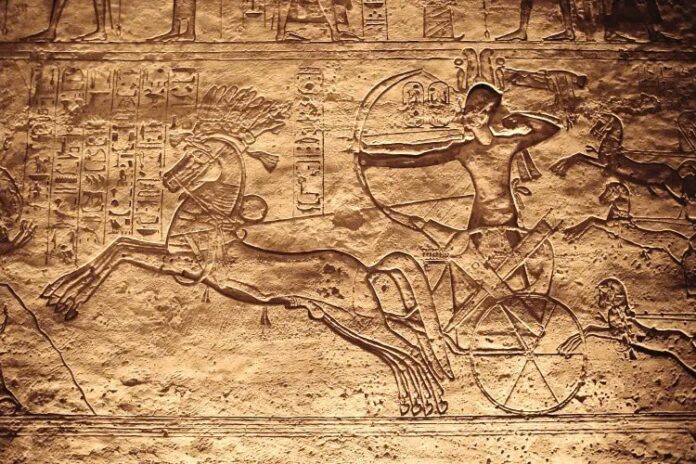
During this era, Syria emerged as a center of international trade, with goods from the Aegean and beyond flowing through ports like Ugarit. The extensive trade routes in the Levant made it a prime target for imperial ambitions, prompting these powers to engage in a series of conflicts to assert control over the area. The Hittites, under Suppiluliumas I, eventually extended their empire into Mitanni territory in northern Syria, disrupting the peace treaty between Egypt and Mitanni and paving the way for future hostilities.
Egypt’s Ascendancy and the Contest for Qadesh
In the early 14th century BCE, Egypt’s New Kingdom experienced an era of remarkable wealth and stability. With secure borders and dominance over Canaan, Egypt reached its pinnacle. However, this prosperity faced challenges from Hittite advances into Syria, culminating in their occupation of Qadesh. Determined to reclaim territories once ruled by his ancestors, Ramesses II led his army into battle against the Hittites at Qadesh.
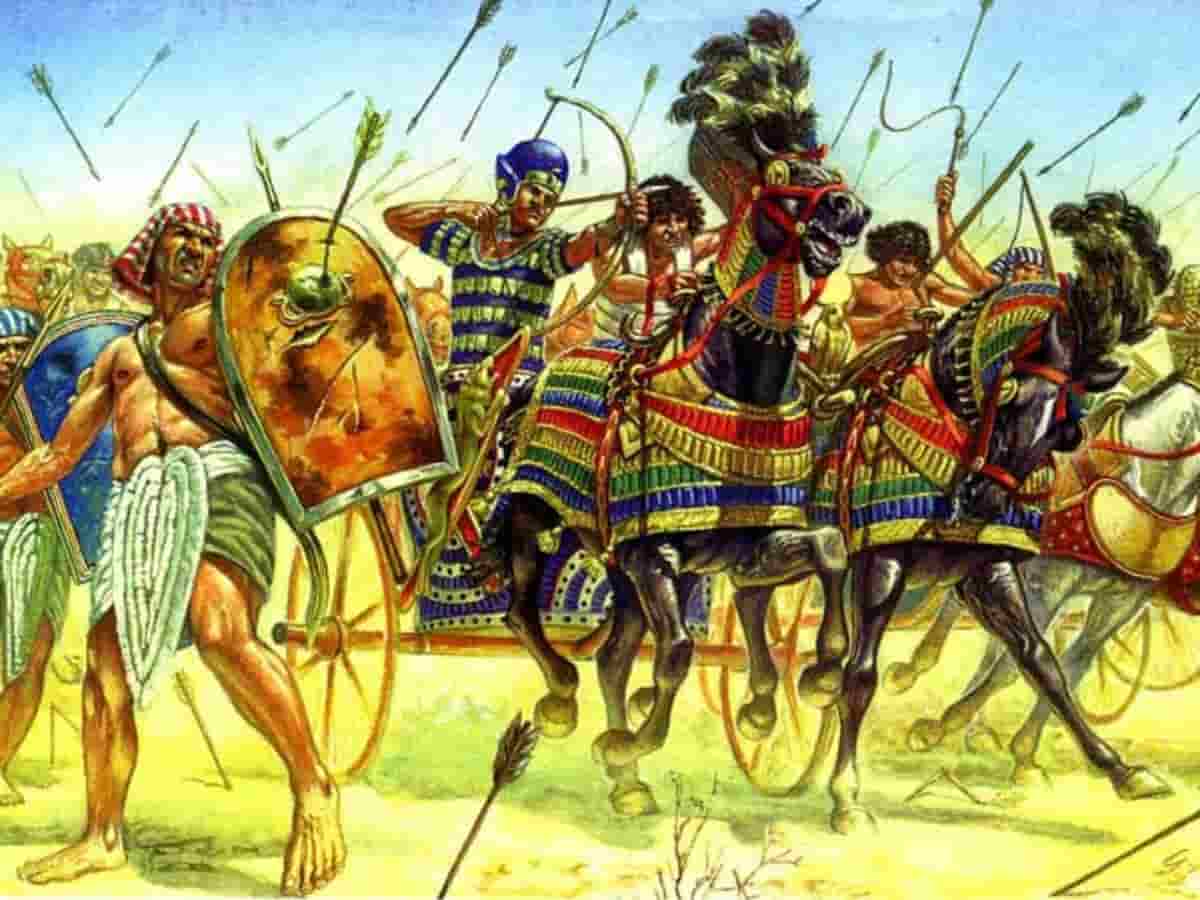
The battle itself was intense, with both factions asserting their victory. Nonetheless, archaeological evidence indicates that the conflict resulted in a stalemate, leading to a truce rather than a conclusive win for either side. Inscriptions from this era provide critical insights into the Hittites’ allies, including an unexpected reference to the Trojans.
The Trojan Connection: Allies of the Hittites
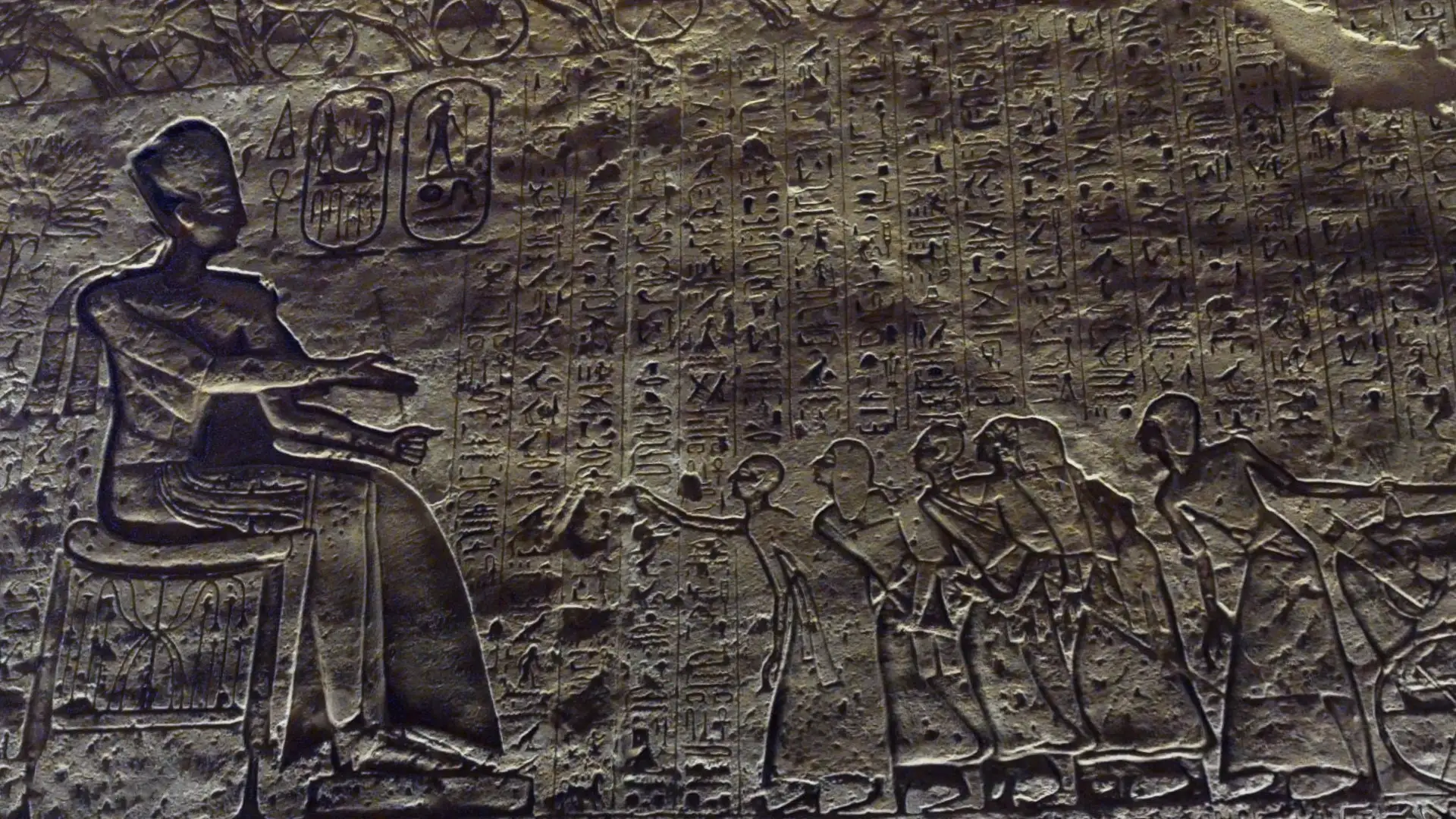
Wilusa, known in Greek as Ilion or Troy, functioned as a tributary within the Hittite Empire. As a vassal state, Troy paid tribute to the Hittites in return for military support. The Hittite archives unearthed at Hattusha frequently mention Wilusa and its confrontations with Ahhiyawa (the Achaeans), indicating that ancient Greeks were already active in Anatolia during the 14th-13th centuries BCE—possibly inspiring the legendary narratives later captured in Homer’s Iliad.
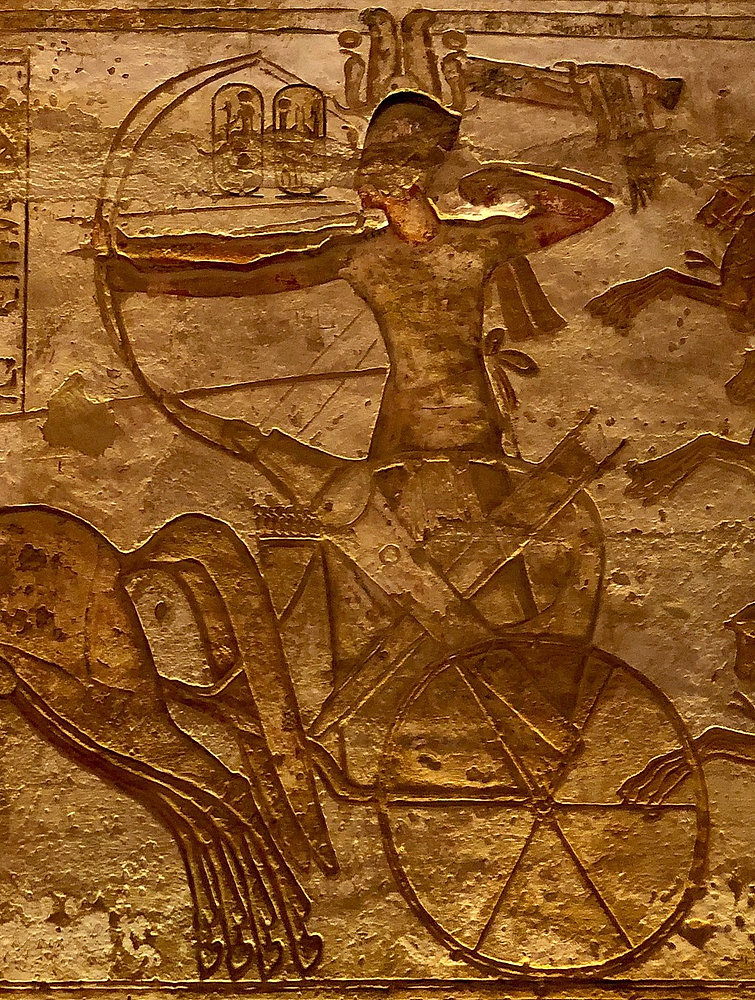
Further corroborating this connection are inscriptions by Ramesses II, which enumerate the Drdnjj—transliterated as Dardany or Dardanoi (the Trojans)—among the Hittite allies at the Battle of Qadesh. Dardania, a region within the Troad near the Hellespont, was closely linked to Ilium’s territory, and the Trojans were often referred to as inhabitants of the Dardanelles. Shortly after Qadesh, archaeological evidence suggests that layer VIIa of Troy, associated by some scholars with the Trojan War, was destroyed around 1180 BCE, likely due to warfare.
The Legacy of Qadesh and the Trojans
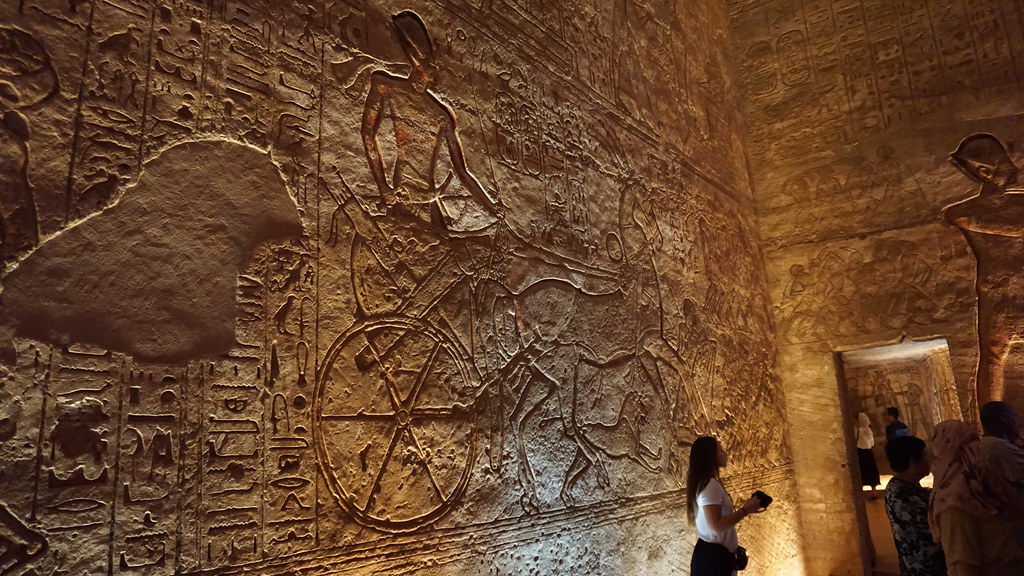
The Battle of Qadesh is remembered as a pivotal event in both Egyptian and Hittite chronicles; however, it also provides a unique perspective on the broader geopolitical dynamics of the Late Bronze Age. The inclusion of Trojans at Qadesh underscores the intricate web of alliances and hostilities that characterized the ancient Near East. Thanks to archaeological discoveries and analyses of Hittite texts, contemporary scholars have crafted a more nuanced story that transcends Ramesses II’s propagandistic portrayals and incorporates insights from other significant figures like the Trojans.
Conclusion
The Battle of Qadesh exemplifies how history often encompasses complexities beyond initial appearances. While Ramesses II utilized this battle to enhance his legacy, the underlying narrative unveils a network of alliances and conflicts involving not just Egypt and the Hittites but also the Trojans. Through archaeological findings and ancient inscriptions, we’ve gained a clearer understanding of the interrelationships among these ancient civilizations, enriching our appreciation of their shared past.

